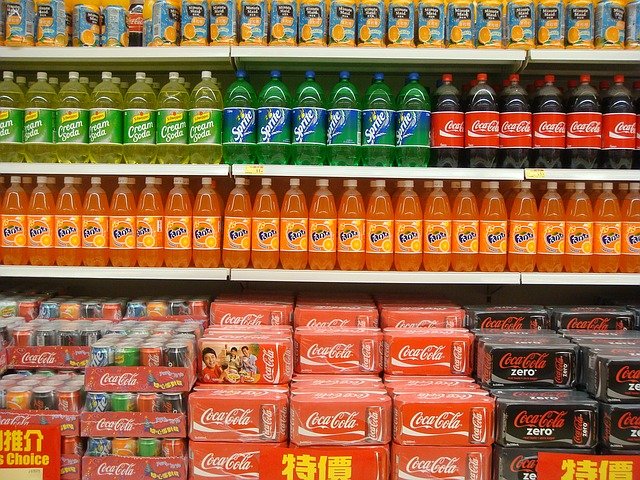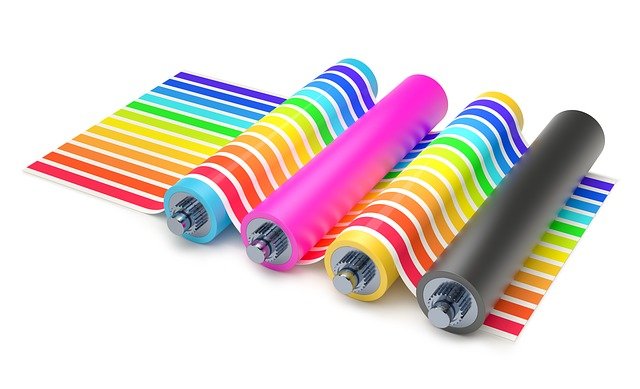
We find flexography in most everyday products
The term flexography is not part of the dictionary of the Royal Spanish Academy ( RAE ), although it is used quite frequently in the printing industry . This is the name given to a direct printing system that uses flexible plates , which transfer images directly to the substrate.
Printing on different materials
These plates , which have reliefs , work on a rotating mechanism that includes coils and rollers. They can be made with rubber, rubber or photopolymers and usually use water-based inks that dry quickly.
Among the advantages that flexography offers over other printing systems, its versatility for printing on different materials stands out. This is possible thanks to the flexibility and adaptability of the irons.
Using flexography, therefore, you can print on various types of paper , cardboard and plastic . It is important to keep in mind, however, that print quality is not always optimal since it depends on the properties of the substrate.
Types and applications
Regarding flexo machines, we can recognize several classes. Inline flexo machines , as their name suggests, arrange their printing units horizontally. Stack flexo machines , on the other hand, organize the units vertically. Central drum machines also have a single printing cylinder.
Flexography is often used to print packaging and self-adhesive labels . It is also used on toilet paper and napkins . The relationship between cost and the number of reproductions makes it one of the most economical printing mechanisms on a large scale.
The fact that it adapts so easily to different materials and shapes explains why we see this printing system in so many products in everyday life and in the industrial field. It can be used on paper, corrugated cardboard, and various types of plastics , including polypropylene, polyethylene, and polyester.
Graphic design
One of the points that we usually overlook when looking at a graphic product is the importance of colors. First of all, we must point out that designing an image to be displayed on a monitor is not the same as designing an image to be printed on a physical medium . Furthermore, in both cases there are particularities linked to the type of screen or material, respectively.
Speaking specifically of flexography, graphic designers must know printing procedures in depth, including the technical aspects of the various elements, from the ink to the surface . Other variables that affect their work and that of packaging designers are the type of product (if it is a drink, a solid food, if it is sold frozen, etc.), the number of units that fit in each package and the substrate. what the client prefers.
The team of graphic designers usually takes charge of production and also color separation, to make the process as cost-effective and efficient as possible. Before producing the plates, it is possible to do color tests with different methods, such as Dylux, Color Check, Cromacheck, Cromalin and Color Key , among others. Thanks to them they can reduce the margin of error, saving money and time.

Color testing is essential to avoid costly mistakes
Technicalities
In the field of flexography, some of the most relevant technical concepts are the following:
* tolerances : measurements that printer manufacturers provide to their customers to know what percentages of compensation are needed to produce the design and separate the colors;
* trapping : occurs when one color is expanded and mounted on another so that the union is correct despite the movement and expansion of the surface;
* positive and negative : the relationship between the objects and the background. In a positive, only the objects are printed, and vice versa.
